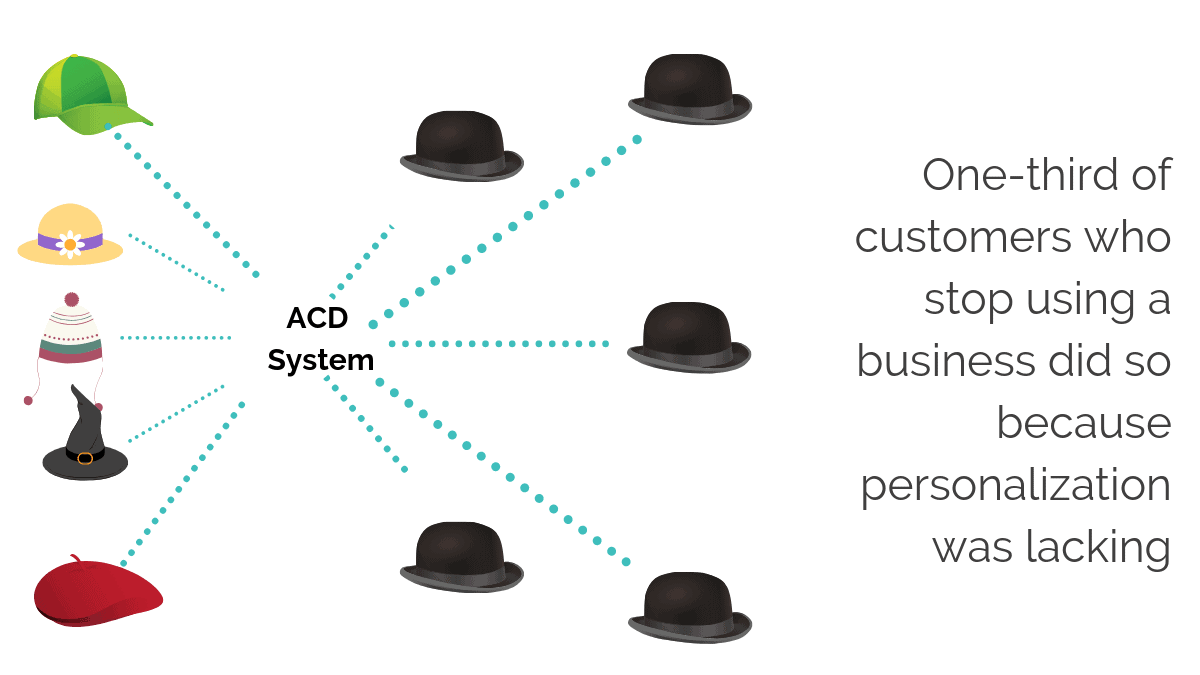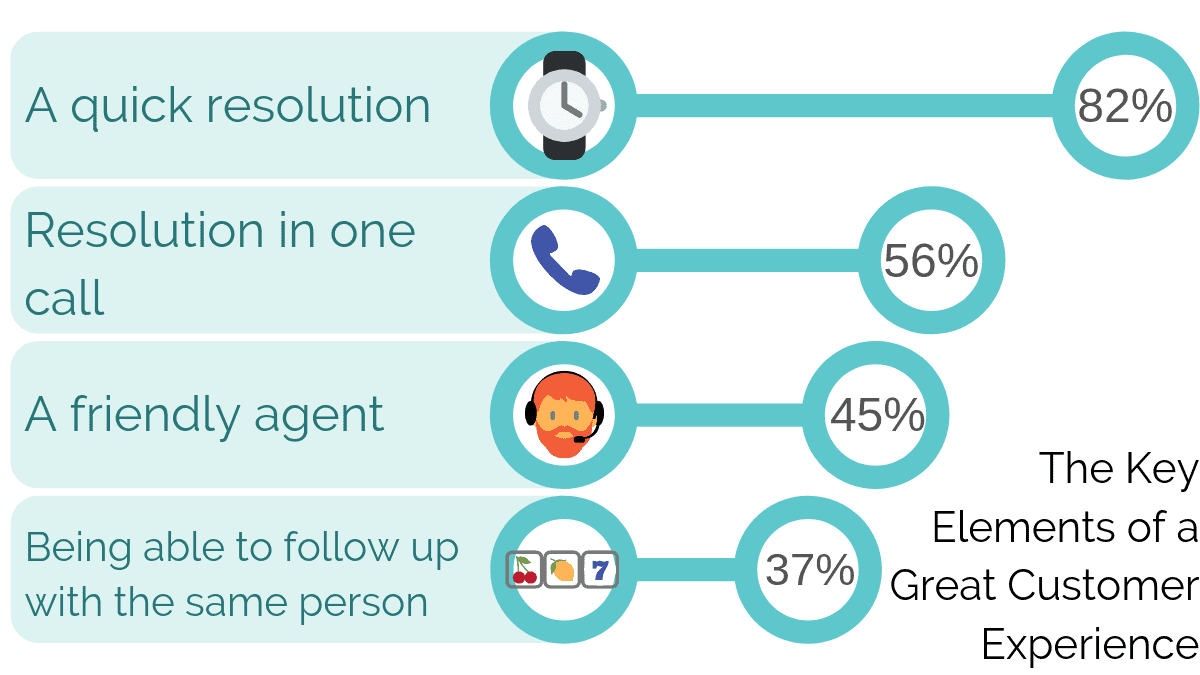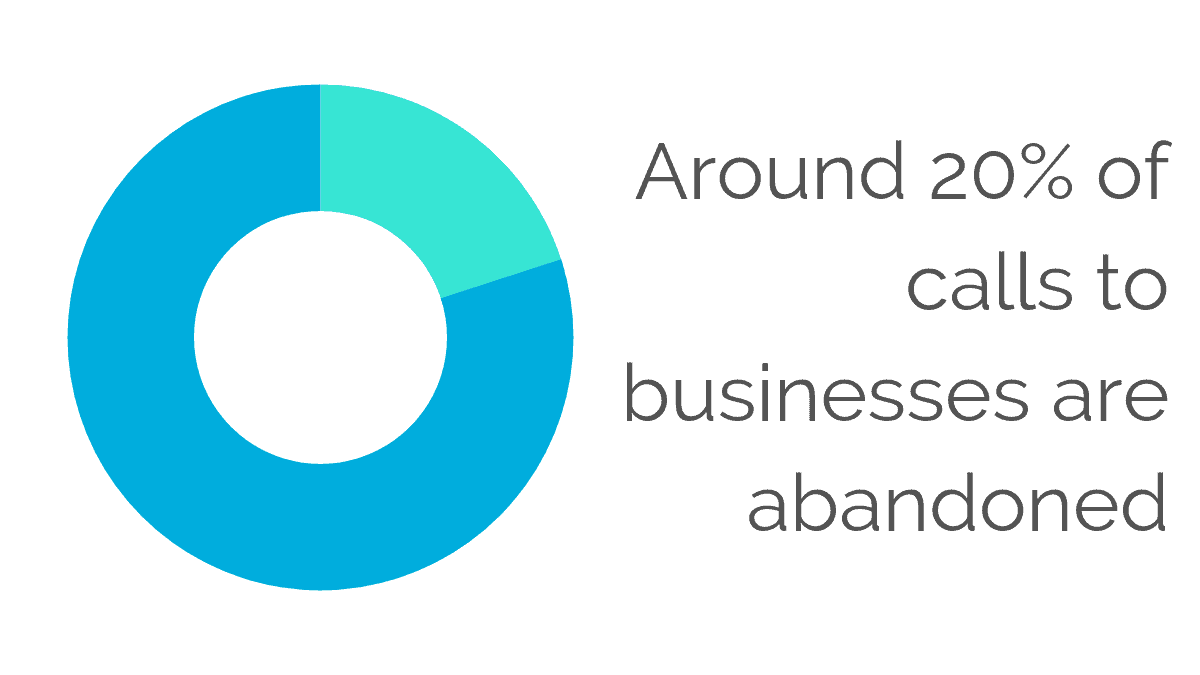The Call Tools Challenge – How Flexible is Your Call Center?
What’s the most important feature of a successful call center?
Is it speed? Reliability? The number of channels?
Or none of the above?
I’d say it’s definitely flexibility. When you’re flexible, you can keep improving in every area. If you’re not flexible, you’re stuck with the service you’ve got.
So this is the Call Tools Challenge – are you as flexible as you could be?
Do your call tools let you…
Personalize call routing?
Step one in the Call Tools Challenge: can you personalize call routing?
Personalization is a trend that’s catching a lot of call centers off guard. You can have the best agents in the world – but by the time a caller reaches them, it may already be too late.
Callers have to get through your IVR first, wait in the queue, and hope you route them to the right place.
Unless you can personalize call routing. That means, routing the call based on what you already know about the caller. For example; your CRM stores customer data, including their phone number.
When the customer calls, your integrated dialer recognizes that number. If there’s any useful information about them – like an open ticket in your Helpdesk – your ACD can route the call with that in mind. That helps you apply intelligent routing to your most sensitive customer situations.
This kind of integration is helpful even when a call is sent to your general queue. Why? Because your integrated systems can give the agent contextual data about the caller for a more informed – and more personal – conversation.
Do your call tools let you…
Create virtual queuing?
Customers really hate being on hold. A lot. In fact, 70% of customers say they get ‘extremely frustrated’ waiting on hold.
And that’s a big problem, because customer service basically comes down to how you make people feel.
So – is there an alternative that costs the inbound call center almost nothing and pleases practically everyone?
That would be virtual queueing.
If you’re not doing this yet, you’re probably familiar with the idea. When a customer calls they get two options. They can either wait on hold, or they can put the phone down and wait for you to call back. (Most will take the second option.)
This is a simple concept for customers and it gets rid of something they hate doing.
But it can be a struggle for some call centers to set up because their systems just don’t talk to one another.
It’s another integration problem. Just imagine if your ACD could talk to your outbound dialer and tell it which calls to place and when. That would make life pretty simple.
Do your call tools let you…
Reach out to priority callers who abandon
This is some next-level customer service. Let’s set the scene.
A customer calls during a period of high volume. Your integrated systems identify them as a priority, perhaps because they’re high value or a churn risk.
You may already have some kind of VIP routing in place, but sometimes there really aren’t any agents available. So, this priority caller stays on the line for a few minutes and then abandons the call.
Wouldn’t you like to find out what they wanted? If they were planning to make a purchase, are they going to give up? If they were going to complain, are they going to do it on social media instead? Have you missed your chance to intervene?
Not at all. In fact, if you can set up virtual queueing then you already know what to do.
Remember, ‘integration’ is our keyword. Your ACD did route the call (albeit, to a queue) so it has the caller data. Now, it can reach out to that customer with an automated SMS or a scheduled outbound call (or both.)
And that’s a level of service your competitors aren’t offering.
Do your call tools let you…
Create real-time insights from your data?
You know what they say: ‘if you don’t measure it, you can’t improve it.’ And there’s a lot to measure in the call center.
Everything’s up for grabs, from missed calls to utilization rate to current agent statuses.
There are three important elements to call center metrics:
- First, collect the data. That means linking up whatever systems and call tools can supply useful information.
- Second, arrange it. You need to be able to view the data in a useful way. That means making the data visual, rather than trying to make sense of raw figures.
- Third, put it to use. This goes without saying (hopefully) but you need to act on what you’re learning.
Shockingly, under one-quarter of businesses have the ability to create actionable insights from the customer data.
In some cases that means they’re just not measuring anything. The rest of the time it means they are measuring, but not responding to what they can learn.
Do your call tools let you…
Change a call flow by yourself?
With unlimited time and a bottomless bucket of money, your call center can do anything. But you probably don’t have either of those.
That might seem like the catch behind everything on this list. You could do them, but surely they would involve big, expensive software projects?
Unless you can handle any call or process flow without a software project.
So that’s the last (and most important) part of the Call Tools Challenge. Can you, or any skilled member of your team, design and create call center processes? With no coding, just simple tools to click together the processes you want?








